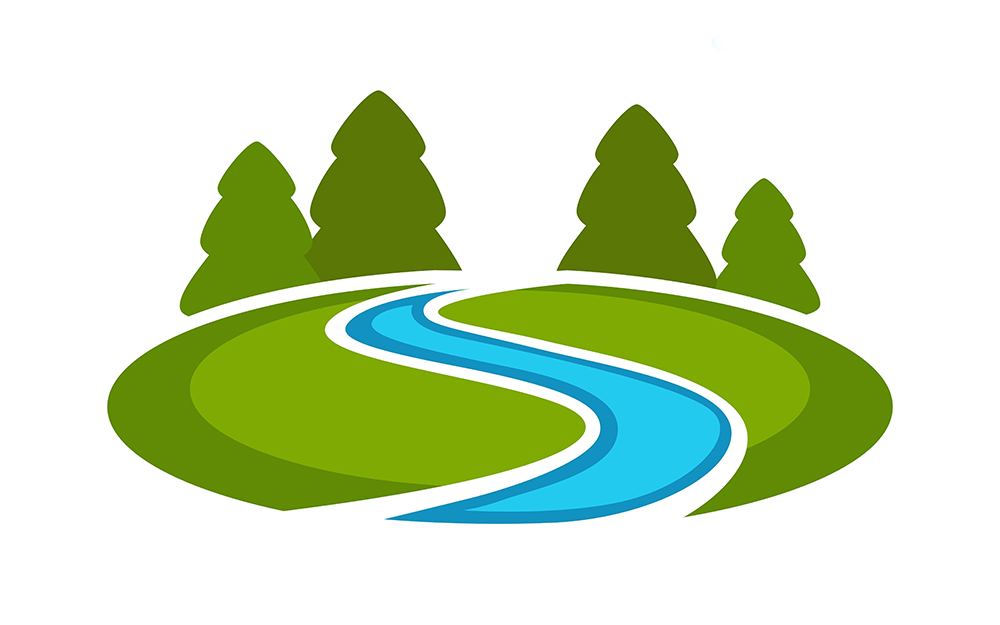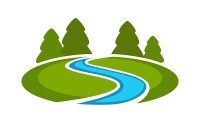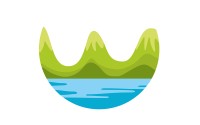Clyde River (New South Wales)

The Clyde River (Dhurga: Bhundoo) is an open intermediate tide-dominated drowned valley estuary or perennial river that flows into the Tasman Sea at Batemans Bay, located in the South Coast region of New South Wales, Australia.
The Clyde River rises below Kangaroo Hill in the Budawang Range, part of the Great Dividing Range, within Budawang National Park, south of the locality of Sassafras, and flows generally southwards parallel to the east coast, joined by nine tributaries including the Bimberamala, Yadboro, and Buckenbowra rivers, before turning east and reaching its mouth of the Tasman Sea at Batemans Bay. The river descends 601 metres over its 102 kilometres course.
The lower reaches of the Clyde River form a substantial estuary up to 30 kilometres from its mouth which is navigable by small vessels to Nelligen, with a tidal ebb of up to 1.28 metres. The coastal estuary covers a catchment area of 1,723 square kilometres and contains approximately 50,737 megalitres of water over an estimated surface area of 17.5 square kilometres; and at an average depth of 3 metres.
The river is one of the last major rivers in eastern Australia that has not been dammed.[6] Porters Creek, a tributary of one of the Clydes tributaries, Pigeon House Creek, is dammed by the Porters Creek Dam, which supplies water to coastal towns.



